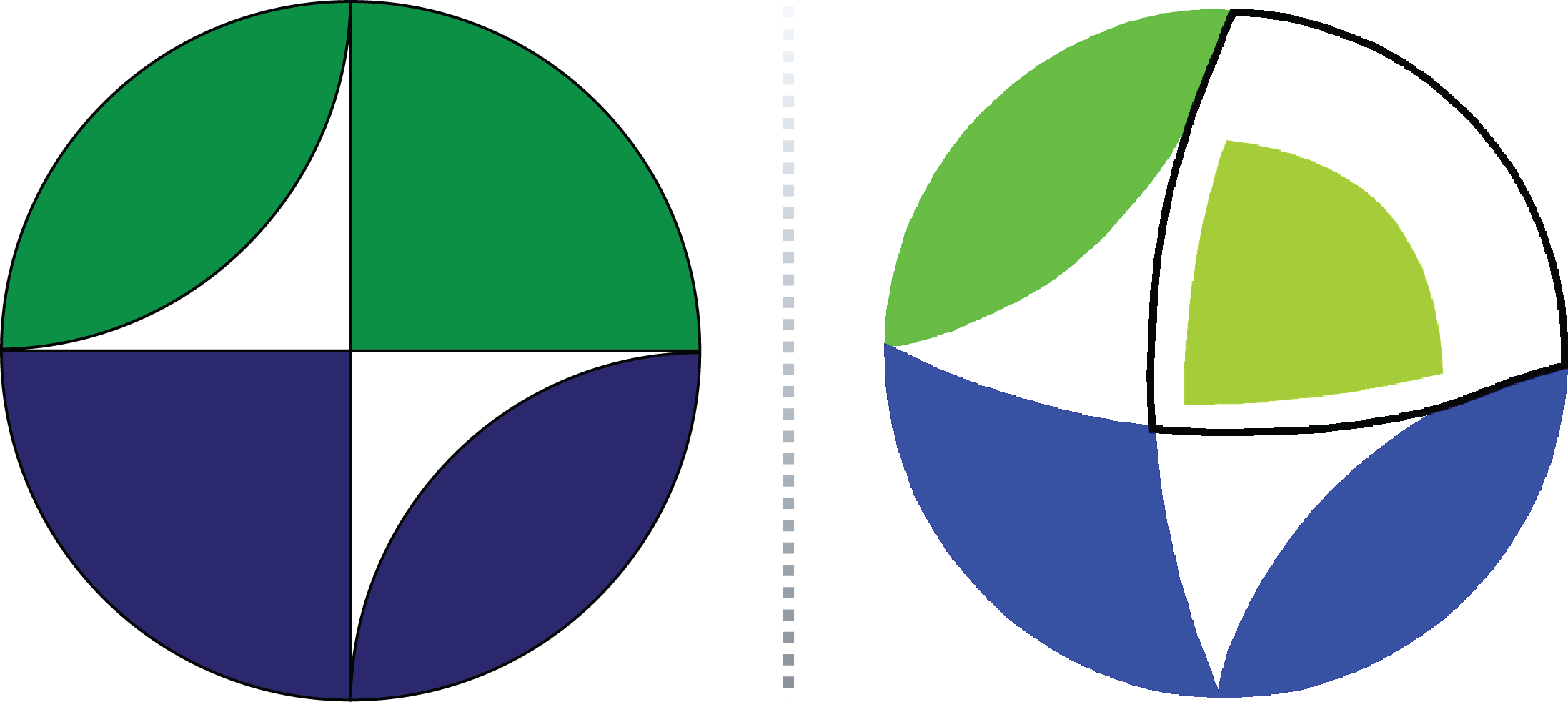Ragnar Sigbjörnsson (1944 - 2015)
 Professor Ragnar Sigbjörnsson passed away on July 15th, 2015 after several years' battle with a difficult illness. Ragnar was a very influential teacher and researcher at the University of Iceland in applied mechanics, earthquake engineering and engineering seismology.
Professor Ragnar Sigbjörnsson passed away on July 15th, 2015 after several years' battle with a difficult illness. Ragnar was a very influential teacher and researcher at the University of Iceland in applied mechanics, earthquake engineering and engineering seismology.
After finishing secondary school in Iceland, Ragnar headed to Denmark, where he earned a Master's degree from Technical University of Denmark in 1971 and a PhD from the same university in 1974. Following his studies in Denmark, he was hired as a research engineer at SINTEF, the research foundation of the Norwegian Institute of Technology (NTH), which is now called the Norwegian University of Science and Technology (NTNU).
Ragnar had a solid mathematical background which was important when it came to stochastic modelling of environmental loads, such as wind, sea waves and earthquakes, and their associated effect on structures. His exceptional skill in applying knowledge to practical problems soon made him a prominent researcher at SINTEF in the development of safe offshore structures for the oil and gas industry and long suspension bridges, in cooperation with the Norwegian Public Road Administration. Ragnar worked at NTH/SINTEF until 1979 when he returned to Iceland, where he initially took a research position and later a professorship at the University of Iceland. Although Ragnar lived in Iceland for the remainder of his life, he continued to have good contact and collaboration with his colleagues in Norway. Ragnar held an adjunct professorship at NTNU from 2009 until his death. In 1979 a textbook by Ragnar and Ivar Langen was published (Dynamic Analysis Structures, written in Norwegian).
When Ragnar came to the University of Iceland in 1979, he soon became a leader in engineering research. He was the director of the Engineering Research Institute during its build-up phase 1983-1990. Ragnar also headed the Applied Mechanics Laboratory, a small research group that focused on his research. Gradually, his main focus became earthquake research. Ragnar established the Icelandic Strong Motion Network in 1986, and in 2000 he founded the Earthquake Engineering Research Centre of the University of Iceland. He was its director until he retired in 2014. The advances he initiated were important for the small society of Iceland, with only 330,000 inhabitants, a majority of them living close to seismically active areas.
Ragnar was very active in international cooperation and had numerous contacts worldwide. One of his most notable research collaborations was with the late Professor Ambraseys of Imperial College, where Ragnar stayed as a visiting scholar during the years 2001-2002. Among the work they completed was a review of an earthquake catalogue for Iceland. Ragnar was very enthusiastic about the last international project he worked on, the EU project UPStrat-MAFA. There researchers from Italy, Spain, Portugal and Iceland worked on improving earthquake hazard and risk estimation.
All those who knew Ragnar were aware that he was a very capable man that had great passion for his work. Ragnar was very open to new ideas and was not afraid of venturing into new research territories. He was well aware of the human element in engineering, and his interdisciplinary work set an example for others to follow. Ragnar was a popular teacher and had tremendous influence as a mentor to numerous engineers and researchers, both in Iceland and other countries. Ragnar was among the most active and productive researchers at the University of Iceland, and he received numerous awards for his work. Ragnar leaves behind a major legacy, and his work has led to great progress in engineering education and the field of earthquake research in Iceland. He will be missed by many who will remember him fondly, not least for his kindness and how generous he was when it came to sharing his vast knowledge with others.
Símon Ólafsson
Benedikt Halldórsson
Rajesh Rupakhety
Earthquake Engineering Research Centre
University of Iceland
